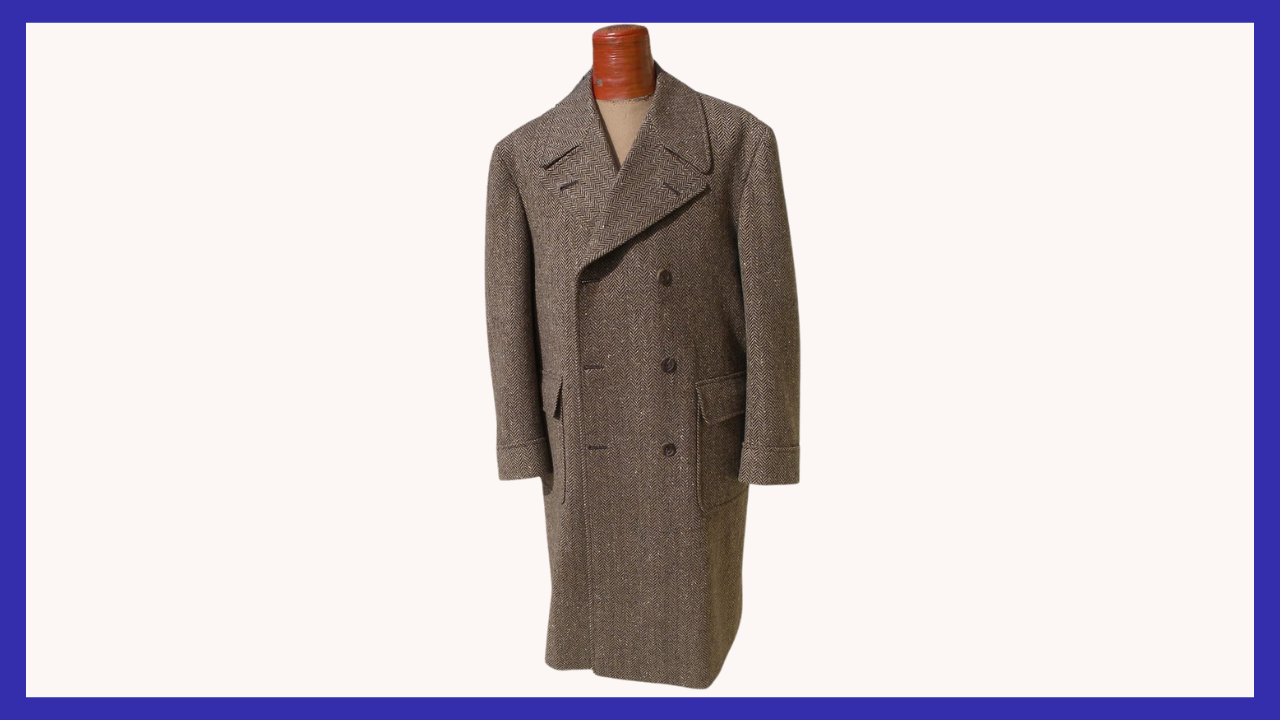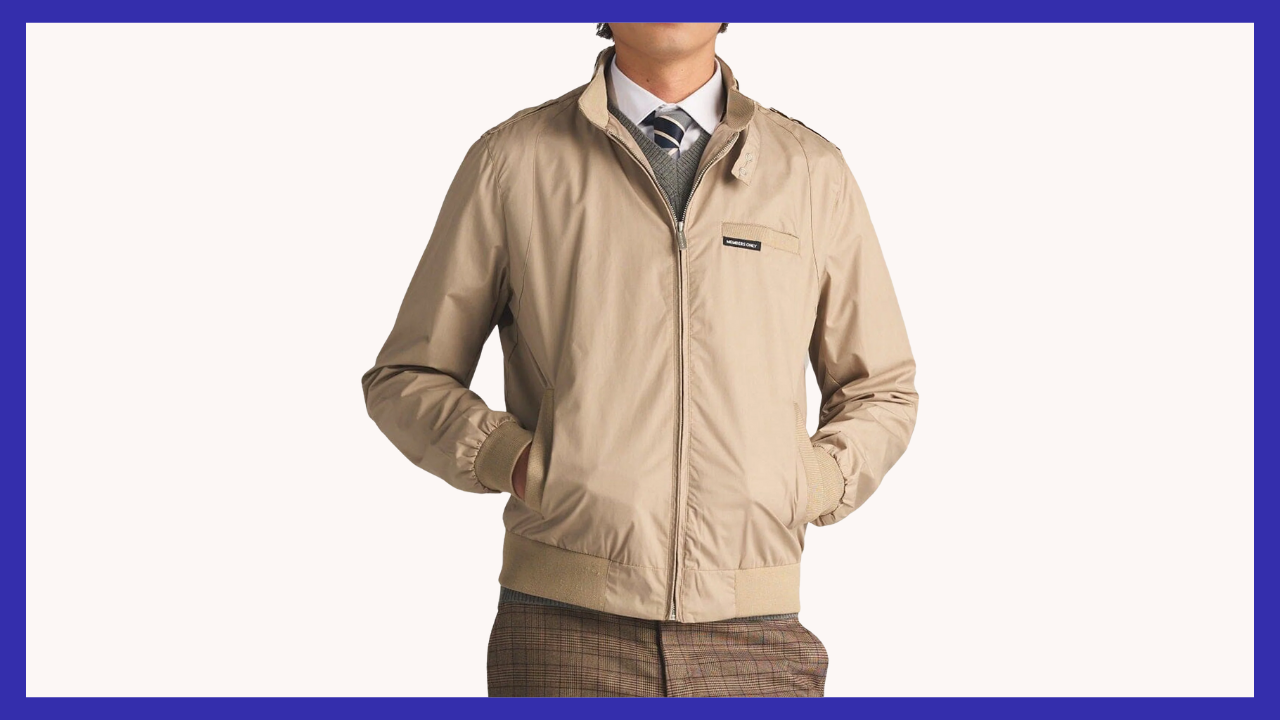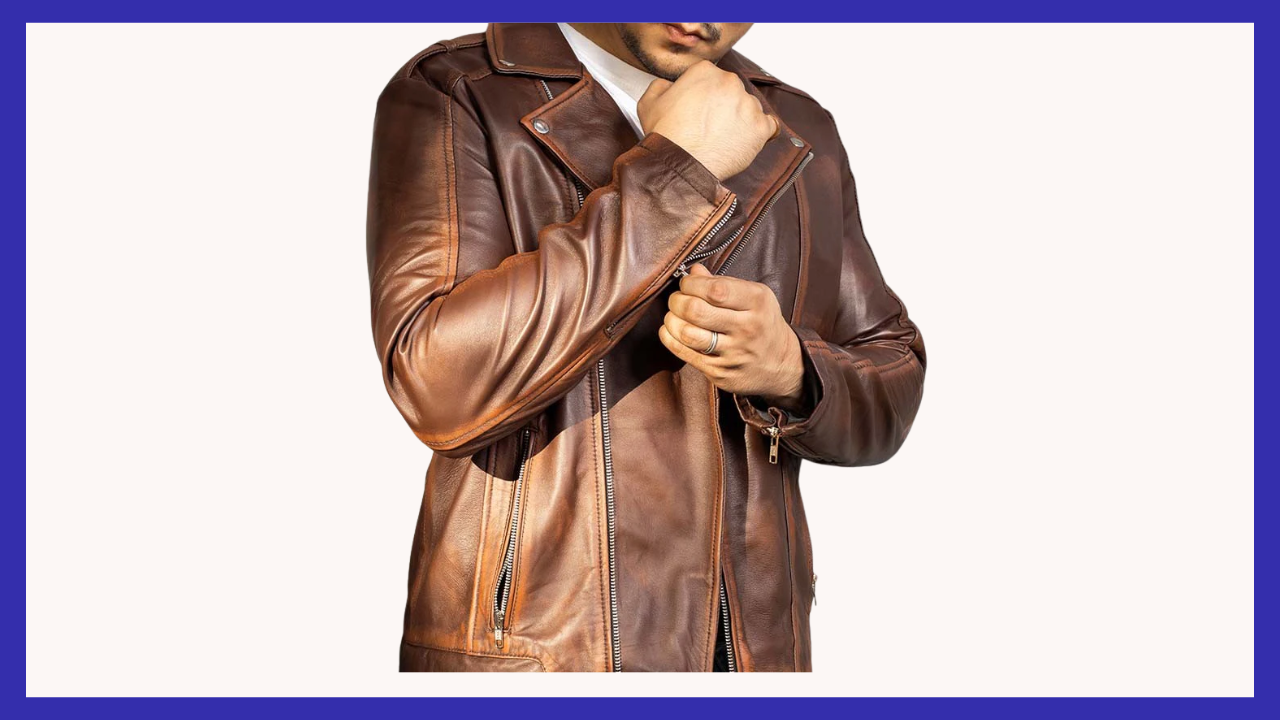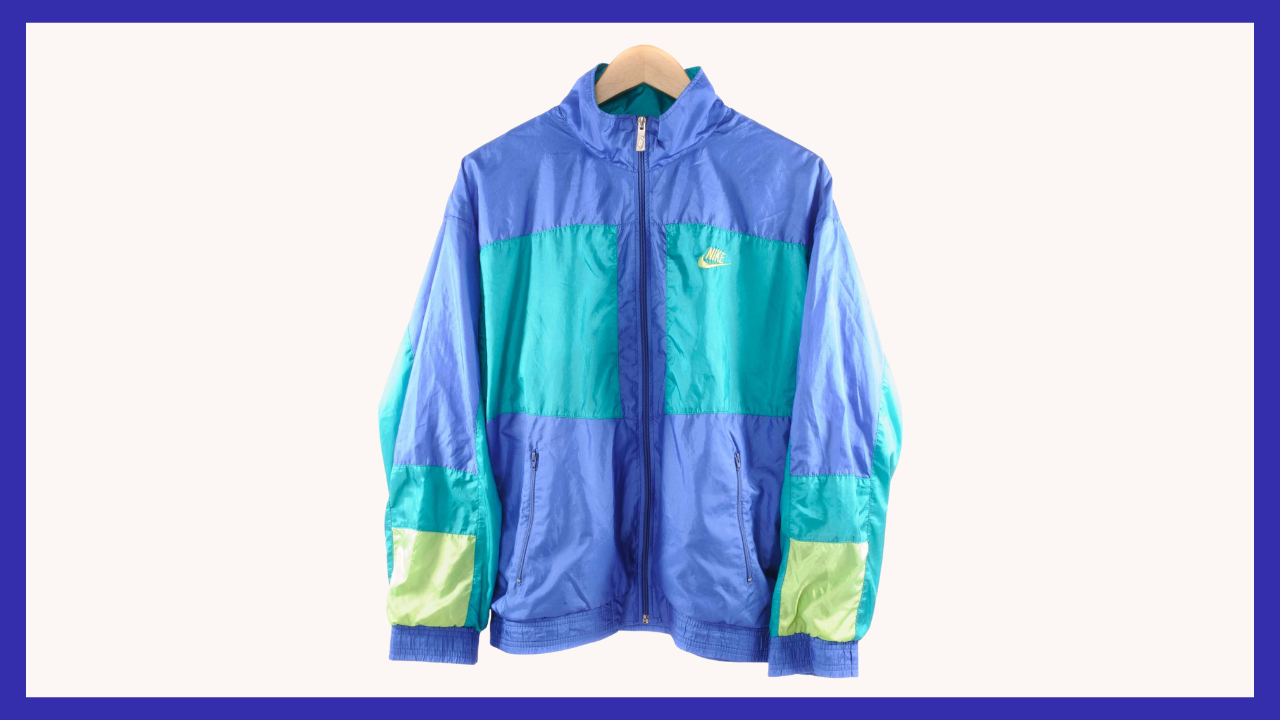AllVintageStyles
The Ultimate Vintage Fashion Encyclopedia
Polo Coat

Long double-breasted overcoat in camel hair, originating from polo sideline wear and becoming iconic American preppy outerwear.
Quick Facts
- Era: 1920s (peak popularity 1920s-1950s)
- Origin: United States (polo sports culture and Ivy League tradition)
- Garment Type: Formal overcoat with athletic leisure origins
- Key Identifiers: Camel hair fabric, double-breasted closure, wide lapels, belted waist
- Typical Resale Price: $150-$800 (authentic vintage pieces)
- Best For: Preppy style enthusiasts, vintage luxury collectors, formal occasion wearers
History & Evolution
Polo coats emerged in the 1910s and 1920s as practical sideline garments for polo spectators and players at exclusive country clubs. Brooks Brothers popularized the style by creating luxurious camel hair versions that combined sporting functionality with sophisticated urban appeal. The coat represented American leisure class sophistication and became associated with Ivy League culture, country club society, and East Coast establishment values.
The 1930s and 1940s established polo coats as essential winter wear for well-dressed men and women seeking elegant yet practical outerwear. Hollywood stars and society figures embraced the style, making camel-colored overcoats symbols of refined American taste. Department stores democratized the look through wool versions, though authentic camel hair pieces remained luxury items representing social status and sophisticated lifestyle choices.
Post-war preppy revival in the 1950s and 1960s cemented polo coats as timeless American classics, with brands like Brooks Brothers and J. Press maintaining traditional construction methods. The style influenced countless overcoat designs while retaining its association with traditional American elegance. Contemporary versions often substitute synthetic blends for camel hair, but vintage pieces remain superior in material quality, construction standards, and authentic proportional relationships.
Authentication Tips
Authentic 1920s-1950s Features:
- Genuine camel hair fabric with characteristic soft texture and natural color variations
- Heavy wool canvas interfacing and structured shoulder construction
- Mother-of-pearl or horn buttons with substantial weight and quality finishing
- Silk or wool lining with maker's labels from established clothiers
- Hand-finished buttonholes and seams with authentic tailoring characteristics
Common Reproductions/Modern Pieces:
- Synthetic camel-colored fabrics or wool blends lacking authentic texture
- Lightweight modern interfacing without proper structure and drape
- Plastic buttons with uniform appearance and lightweight construction
- Cheap polyester lining with generic overseas manufacturing labels
- Machine-finished construction without hand-tailored details or proper proportions
Styling & Use Cases
- Best for preppy enthusiasts: Layer over blazers and dress shirts with flannel trousers for authentic Ivy League styling
- Ideal for formal occasions: Wear over business suits for sophisticated professional and social events
- Perfect for luxury collectors: Combine with quality leather accessories for timeless American elegance
Modern styling tips:
- Keep styling classic and understated to honor the coat's traditional preppy heritage
- Layer over fitted garments as vintage polo coats often feature generous proportions
- Focus on quality accessories like leather gloves and scarves to complement the coat's luxury positioning
FAQ
Q: How can I tell if a polo coat is authentic vintage camel hair?
A: Check for genuine camel hair fabric with soft texture and natural variations, heavy canvas interfacing, mother-of-pearl or horn buttons, silk lining with established clothier labels, and hand-finished construction typical of quality tailoring.
Q: What's the typical price range for vintage polo coats?
A: Authentic vintage polo coats range from $150-800 depending on brand (Brooks Brothers, J. Press), condition, and camel hair quality. Designer or bespoke pieces command premium prices among preppy and luxury vintage collectors.
Q: How should I care for a vintage polo coat?
A: Professional dry cleaning is essential to preserve camel hair fabric and structured construction. Store on padded hangers in breathable garment bags to prevent moth damage and maintain shoulder shape.
Q: What makes vintage polo coats valuable to collectors?
A: Superior camel hair quality impossible to find in modern production, authentic American preppy heritage and craftsmanship, cultural significance in Ivy League and country club traditions, and timeless elegance that transcends fashion trends.
📷: Gentleman's Gazette



